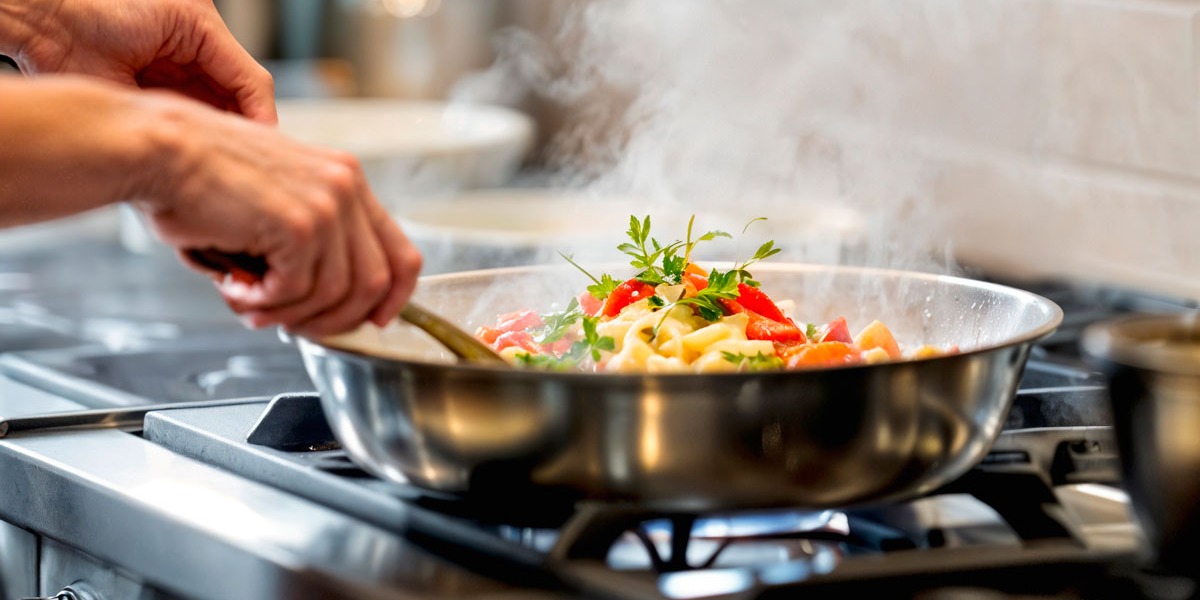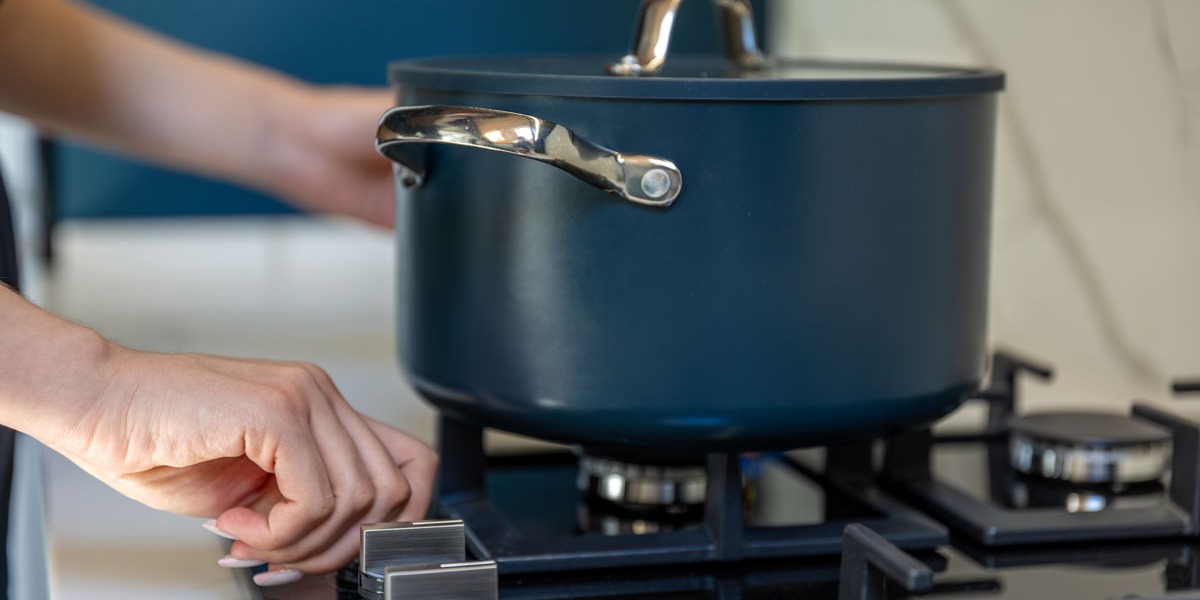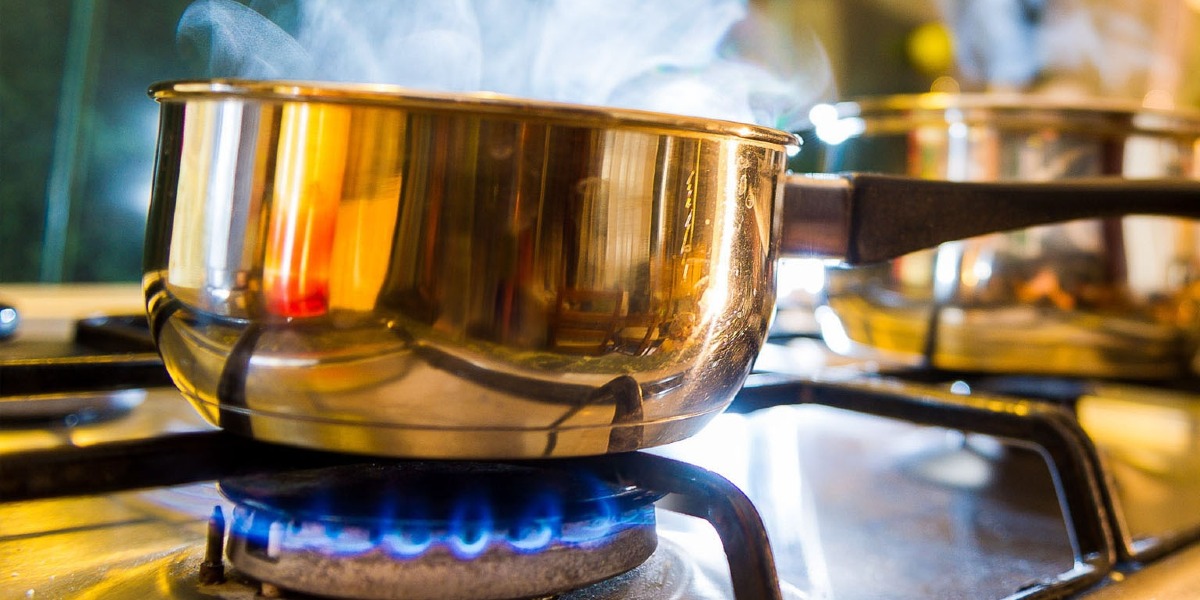Cooking with Gas: Why Chefs Prefer Cooking with Gas
Cooking with Gas: Why Chefs Prefer Cooking with Gas

The Joy of Cooking, Powered by Flame
There’s something magical about cooking over an open flame. The sizzle of a pan, the aroma of garlic hitting hot oil, and the quick flick of a knob that instantly changes the heat—it’s no wonder gas stoves have remained the gold standard in kitchens around the world.
From bustling restaurant kitchens to cozy family homes, gas cooking continues to inspire chefs and home cooks alike. But why exactly do professionals swear by it, and why do families keep choosing it? Let’s take a closer look.
The Benefits of Cooking with Gas
- Speed and Precision
Gas offers instant heat control. Turn the dial, and the flame responds immediately—no waiting for coils to heat or cool down. That’s why chefs love it for delicate dishes like sauces or quick stir-fries. - Energy Efficiency and Cost-Effectiveness
Gas stoves often use less energy overall compared to electric stoves. Since they heat cookware directly, there’s less wasted energy—making them both cost-effective and eco-friendly. - Even Cooking Results
Gas provides a steady, even flame that distributes heat consistently across the bottom of pans. This means fewer hot spots and more reliable results—whether you’re searing a steak or simmering soup. - Versatility in the Kitchen
From slow-simmered stews to high-heat wok cooking, gas stoves handle it all. The visible flame lets you adjust instantly, giving you freedom and flexibility no matter what’s on the menu.
Why Families and Restaurants Prefer Gas
For families, cooking with gas means:
- Quicker weeknight meals (no waiting for burners to heat).
- Reliable performance, especially during power outages.
- Better flavor, thanks to high-heat searing and sautéing.
For restaurants, gas is simply non-negotiable:
- Consistency across hundreds of dishes daily.
- Precision for complex techniques, from flambé to wok tossing.
- Durability, since professional-grade gas stoves are built for heavy use.
“A gas stove is like a partner in the kitchen—it responds to you instantly,” says Chef Lina, a Dubai-based restaurateur. “That precision is something every chef counts on.”
Practical Tips for Cooking with Gas
To get the most out of your gas stove:
- Use the right cookware: Flat, heavy-bottomed pans maximize heat distribution.
- Mind the flame size: A flame that licks past the pan’s edges wastes energy.
- Keep burners clean: Clear ports mean stronger, more even flames.
- Stay safe: Always double-check that knobs are turned off after cooking.
Gas vs Electric: A Quick Comparison
- Gas: Instant control, visible flame, versatile cooking styles, cost-effective.
- Electric: Slower response, even surface for easy cleaning, sometimes less costly upfront.
While electric stoves have their place, most chefs agree: when it comes to precision, speed, and flavor, gas wins every time.Cooking with Gas: A Lifestyle Choice
At the end of the day, cooking with gas isn’t just about efficiency—it’s about creating better meals and enjoying the process. Families love it for saving time on busy nights, while chefs depend on it for world-class results.
So whether you’re preparing a quick family dinner or plating a signature dish in a restaurant, cooking with gas keeps the flame of culinary passion burning strong.











